Fixed assets are the property of an organization with a period of operation of more than 12 months and a cost of more than 40 thousand rubles. They act as labor resources for the production and sale of goods, the implementation of work, and the provision of services. Fixed assets can also be used for managerial purposes. In most cases, in tax accounting, these elements of production turnover are recognized as the same as in accounting. 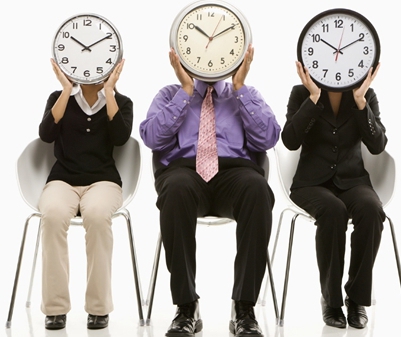
Receive OS
It is carried out at the original price minus the depreciation premium (if the company used it). For example, the initial price is 100,000 p. (without VAT). The depreciation premium will be 10,000 p. In this case, the acceptance of the operating system for accounting will be carried out at a cost of 90,000 r. There are categories of fixed assets for which ownership is required to be registered. In particular, this applies to real estate. In this case, the OS is accepted when the accountant has a document in his hands that confirms that the papers for registration have been submitted. For other fixed assets this moment is not specified. In practice, it is determined by the day the OS is accepted by the accountant. In the process of setting tax accounting no need to perform any special actions. In fact, this procedure means that the accountant has established the useful life of fixed assets, included them in a particular group. Along with this, write-offs for current expenses on them begin to accrue.
What is the useful life of fixed assets?
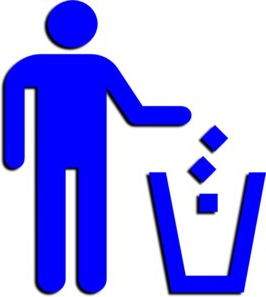 The Tax Code defines it as the period during which the fixed assets serve at the taxpayer enterprise. In accounting, a slightly different wording is established, but their essence is the same. The useful lives of property, plant and equipment are determined at the date they were put into operation. Nevertheless, full independence in the establishment of this period is not provided.
The Tax Code defines it as the period during which the fixed assets serve at the taxpayer enterprise. In accounting, a slightly different wording is established, but their essence is the same. The useful lives of property, plant and equipment are determined at the date they were put into operation. Nevertheless, full independence in the establishment of this period is not provided.
In Russia, there is a special classifier. The useful life is set specifically for each OS. The list was approved by a government decree of January 1, 2002. It uses 10 depreciation groups. For each of them, the lower and upper limits of the period of operation are formulated. So, for example, computer technology belongs to the second group. The useful life for it is from 2 to 3 years, inclusive.
Important point
The organization must adhere to the established list. You can only step back from it when the main asset is not indicated in it. In this case, the useful life of the object is determined in accordance with the technical characteristics and recommendations of the manufacturer. The period of operation may be extended. For example, this is possible after reconstruction, modernization, technical re-equipment. However, in this case, the useful life of the equipment or other property should fall within the limits for the group to which the OS belonged initially.
Used OS
If the company receives such property (including as a contribution to capital or during the reorganization of the company), the accountant must request a certificate from the previous owner. It shall indicate the useful life of the asset as established by the former owner. The certificate also includes information on the period during which the operation was carried out.Based on this information, depreciation will be charged. The useful life of the new company is established in accordance with the limits that are defined for the group to which the operating system belonged to the previous organization.
Write-offs for expenses
From the 1st of the month following the one in which the fixed asset was put into operation, depreciation begins. Write-off of part of the property for operating expenses may be temporarily suspended. This happens if the object is transferred for free use, canned for a period of more than three months, modernized or reconstructed for more than 12 months. 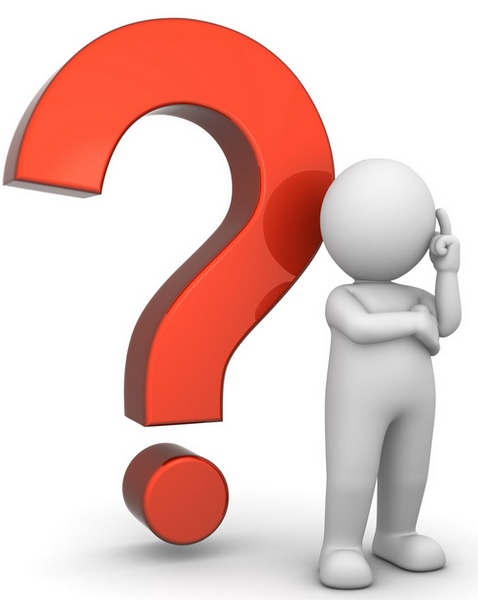
Accrual methods
Tax accounting provides two ways. For those objects that belong to the 1-7th depreciation groups, both linear and non-linear methods can be used. The company has the right to choose any of these methods and apply it to all operating systems without exception, regardless of the date of acquisition. For assets from 8-10 groups there is no such choice. The linear method is applied to them.
Features of accrual methods
In accordance with the rules of tax accounting, an enterprise may change the method from the beginning of the year. It should be noted that the transition from linear to non-linear method can be carried out as many times as you like. The reverse change is allowed only once every 5 years. The linear method is used for each asset separately, non-linear - for the whole group as a whole. 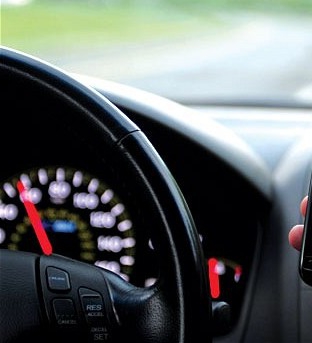
Boost Odds
For their inclusion in the calculation, a number of conditions must be observed. So, increasing coefficients depending on the accrual method are used in the case of fixed assets under the influence of aggressive factors or with increased shift. In this case, the write-off rate can be doubled. The difference between the original price of the fixed asset and the established depreciation is called the residual value.
Linear method
To apply it, you need to find the write-off rate for the OS. It is equal to the unit divided by the useful life, which is expressed in months, multiplied by 100%. The amount written off per month is equal to the initial cost multiplied by the norm. For example:
The useful life of the OS is 5 years. This corresponds to 60 months. Initial cost - 100,000 p. The norm in this case is 1: 60 X 100% = 1.67%, and the monthly depreciation is 100,000 p. X 1.67% = 1670 p.
The accrual stops on the 1st of the month that follows when the value of the fixed asset is fully debited or when it has left the enterprise. 
Nonlinear method
To use it, a total balance is established for each depreciation group. To calculate it, the residual value of all operating systems of one category is added up. The determination of the total balance is carried out on the first day of the month in which the write-off is charged. Enterprises often commission new facilities. Starting next month, their value will be included in the total balance for the corresponding group. Upon disposal of the OS, there will be a decrease in residual value. The depreciation per month for the group as a whole is equal to the total balance multiplied by the write-off rate for it and divided by 100. The Tax Code sets standards for each category. So, 14.3 is the norm for the first group, for the second - 8.8, for the third - 5.6 and so on. For example:
The total balance of the first group is set at 1,000,000 p. In this case, depreciation will be 1 000 000 p. X 14.3: 100 = 143,000 p.
If the balance reaches 0, the group is liquidated. Also, the company can remove the category if it is less than 20 000 p. In this case, the balance sheet value is written off to non-operating expenses.
OS retirement
In the case of the sale of fixed assets, the company has a profit in the form of revenue (excluding VAT), as well as expense. The latter is equal to the residual value. The difference between revenue and expense is a taxable base.It is necessary to pay income tax from it. With a negative difference, the company suffers a loss. It must be written off to other expenses in equal parts over a certain period. It is presented as the useful life of the OS, reduced by the time of its operation until the time of disposal. If the write-off is due to unsuitability, then the liquidation costs may be attributed to non-operating expenses. When using the linear method, depreciation can be included in costs, which is underestimated according to the period of operation. 
Analytical accounting
It is conducted for each specific object. An exception is considered to OS, which applies a non-linear accrual method. Analytical accounting includes information about the following parameters:
- The initial value of the object that was disposed of (was realized) in the tax (reporting) period.
- Accepted accrual method.
- Changes in the initial price during retrofitting, completion, partial liquidation, reconstruction.
- Useful period.
- The amount of the charged off from the date of its beginning to the end of the month in which the operating system was realized (disposed of). These data are indicated using the linear method.
- The total balance sheet and depreciation for each group. This information is given when applying the nonlinear method.
- The price of the asset.
- The residual value of the asset upon disposal.
- The date of the beginning of reconstruction, conservation, modernization, transfer to operation or free use.
- The costs associated with the disposal (implementation) of the OS.
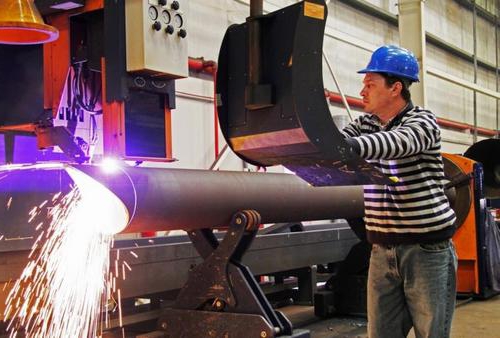
Car useful life
This definition should be understood as the period during which the manufacturer proposes to operate the machine. The useful life of a car is usually calculated in years. At the enterprise, which takes it into circulation, the period of operation is established from the moment of registration or when charging to the operating expenses. The period during which the machine will serve directly depends on its technical characteristics. Often, the useful life of a vehicle can be determined by its data sheet. The length of the period is also calculated in accordance with the model description. It is indicated in the instruction manual.








